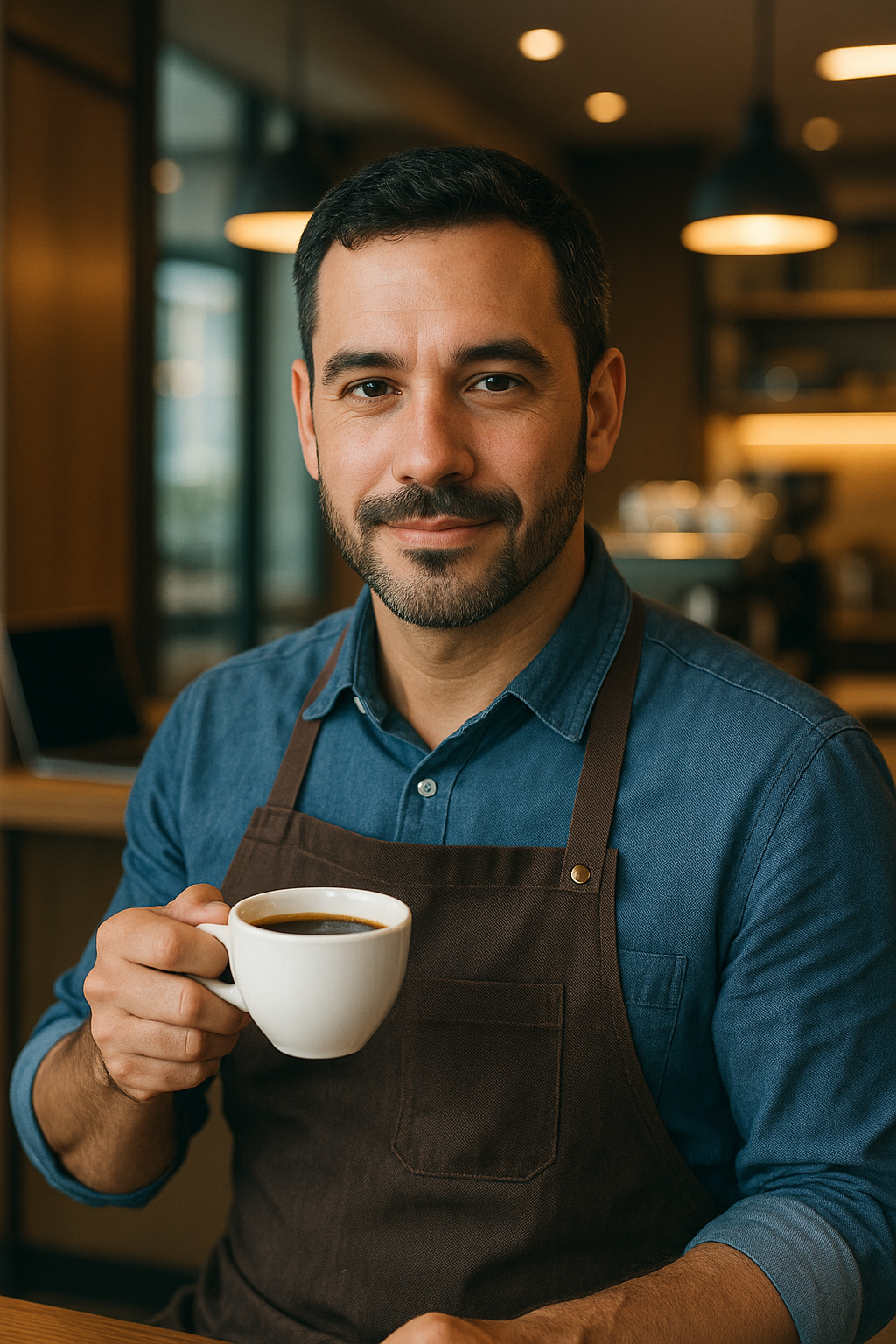One of the most overlooked—but most important—factors in brewing great coffee is the coffee-to-water ratio. It’s the difference between a sour, underwhelming cup and a bold, flavorful brew.
Yet many home brewers still rely on scoops and guesswork, leading to inconsistent results from one cup to the next.
If you want to consistently brew delicious coffee at home, you need to measure both your coffee and water accurately.
In this guide, we’ll break down the ideal ratios for the most popular brewing methods, how to adjust them to your taste, and the tools you need to get it right every time.
Why the Coffee-to-Water Ratio Matters
Brewing coffee is a process of extraction—pulling flavors, oils, acids, and sugars from coffee grounds into water. The ratio you use determines how much of those compounds end up in your cup.
Too much coffee?
- Overly strong, bitter, dry
- Can taste muddy or burnt
Too little coffee?
- Watery, weak, sour
- Lacks complexity and depth
By using the correct ratio, you find the sweet spot: balanced flavor, sweetness, and strength that match your preferences.
How to Measure Coffee and Water Accurately
Forget tablespoons and scoops—coffee beans vary in density, so volume measurements are unreliable. The best approach is to use a digital scale and measure by weight:
- Grams (g) for both coffee and water
- 1 milliliter (ml) of water = 1 gram (g)
Suggested gear:
- Digital kitchen scale with gram precision
- Timer (phone or built-in)
- Fresh, filtered water
- Whole bean coffee
General Rule of Thumb: 1:16 Ratio
The most common starting point is 1 gram of coffee to 16 grams of water (1:16 ratio). This produces a well-balanced cup that’s not too strong or too weak.
You can tweak this:
- Use 1:15 for a stronger brew
- Use 1:17 for a lighter, more delicate flavor
Example:
- 20g of coffee x 16 = 320g of water
Ideal Ratios by Brewing Method
Let’s break it down based on the equipment you use:
1. Pour-Over (V60, Kalita, Chemex)
- Ratio: 1:15 to 1:17
- Example: 20g coffee = 300–340g water
- Tips: Adjust based on roast—use 1:15 for darker, 1:17 for lighter
2. French Press
- Ratio: 1:15
- Example: 30g coffee = 450g water
- Tips: Coarse grind; steep for 4–5 minutes
3. AeroPress
- Ratio: 1:15 to 1:17 (varies by recipe)
- Example: 18g coffee = 270–300g water
- Tips: For a stronger cup, use 1:12 and dilute after pressing
4. Espresso
- Ratio: 1:2 to 1:2.5
- Example: 18g ground coffee = 36–45g of espresso in cup
- Tips: Use a scale under your cup to measure output
5. Moka Pot
- Ratio: ~1:7 (less water than drip or pour-over)
- Tips: Fill basket with coffee and lower chamber with water to the valve
6. Drip Coffee Maker
- Ratio: 1:15 to 1:17
- Example: 50g coffee = 750–850g water
- Tips: Check your machine’s capacity; avoid overfilling
7. Cold Brew
- Ratio (concentrate): 1:5
- Ratio (ready-to-drink): 1:8 to 1:10
- Example: 100g coffee = 500g water (concentrate), then dilute 1:1
- Tips: Brew for 12–18 hours in the fridge
Adjusting Ratio for Taste
Everyone has different taste preferences. Once you know the baseline, adjust slightly to find your sweet spot:
| Preference | Try This Ratio |
|---|---|
| Strong & bold | 1:14 or 1:15 |
| Balanced | 1:16 |
| Light & bright | 1:17 or 1:18 |
Pro Tip: Keep a brew journal. Record the ratio, grind size, brew time, and taste result. You’ll quickly learn how to dial in your best brew.
Ratio Conversion Chart (Quick Reference)
| Coffee (g) | Water (g) at 1:15 | Water (g) at 1:16 | Water (g) at 1:17 |
|---|---|---|---|
| 10 | 150 | 160 | 170 |
| 15 | 225 | 240 | 255 |
| 20 | 300 | 320 | 340 |
| 25 | 375 | 400 | 425 |
| 30 | 450 | 480 | 510 |
Print or save this table to guide your daily brews.
Tips for Consistent Ratios
- Use a scale every time—don’t guess.
- Tare your scale after placing your cup or brewer.
- If brewing in a carafe, weigh water as you pour.
- Practice with one ratio and method until it becomes second nature.
- Use an app or notebook to track your brews and outcomes.
Common Mistakes and Fixes
| Mistake | Result | Fix |
|---|---|---|
| Using too much coffee | Bitter, over-extracted | Increase water or reduce coffee |
| Using too little coffee | Weak, sour taste | Increase coffee or reduce water |
| Guessing instead of measuring | Inconsistent brews | Use a scale and ratio |
| Ignoring brew method differences | Off flavor | Adjust ratio based on method |
Final Thoughts: Ratio Is the Foundation of Great Coffee
You don’t need fancy tools or barista training to make better coffee at home. By understanding and applying the right coffee-to-water ratio, you take the guesswork out of brewing and set yourself up for success—every single morning.
So grab a scale, pick your method, and start dialing in your perfect ratio. Your best cup of coffee is waiting.

Marcelo Oliveira is a coffee enthusiast and content creator specializing in barista skills, brewing methods, equipment reviews, coffee-related health insights, and fascinating curiosities from the coffee world. With a deep passion for every step of the brewing process, he turns technical knowledge into accessible and engaging content for both beginners and seasoned coffee lovers. Marcelo’s goal is to help readers appreciate the full experience of coffee—from bean to cup.
